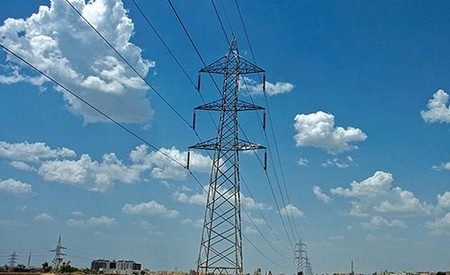Derived from the Sanskrit word meaning “rotating wheel,” the term chakra has been used to connote energy and force permeating throughout the human body. This concept revolves around having seven focal points of force from the body’s head to torso called the seven primary chakras. These chakras are identified as the base or source of life force from which the body retrieves its energy supply.
Spiritual and Physical Facets of Chakras
Not only are these chakras identified with the spiritual state, but it is widely believed that each center of motion is related to the overall management of corporeal body functions. The chakras rule the human consciousness yet are also linked to the physical vessel. Every chakra point is complemented by a specific body region or part, and each chakra point also indicates a series of characteristics and behavior represented by a spinning wheel.
Balance of Chakras
To continuously encourage boundless energy from your chakra, you must ensure that all wheels are spinning at a precisely similar course and pace. Yoga practice stimulates these chakras and helps enrich your life force by following its different body movements and postures. Learning how to fully manipulate your chakras by means of yoga practice and reflection will convey harmony and stability to your mental, physical, and spiritual health.
All seven chakras are connected to a particular body part from across the spinal column, each body part heaped on top of one another from the bottom of the spine to the head. There is a specific hue and behavior attributed to each of the seven chakras as well, detailing the in-depth characteristics of a persona and its effects on the overall well-being.
Overview of the Seven Chakras
These seven chakras are as follows:
- Muladhara: at the base of the spine, called root chakra
- Svadhisthana: reproductive organs, called sacral chakra
- Manipura: right on the navel region, dubbed as solar plexus chakra
- Anahata: precisely on the area of the heart, rightly called heart chakra
- Visshudha: area around the throat and neck or nape, dubbed the throat chakra
- Ajna: exactly on the eyebrow marking the pituitary gland, and in principle hailed as the third eye chakra
- Sahasrara: right at the pinnacle or head, the cerebral cortex, called the crown chakra
Yoga and Chakras
Following the different body positions and techniques practiced in yoga, you will be trained to concentrate all your life force with the flow of chakra through the seven chakra points mentioned. This in turn guides your body to generate energy from the other sources of chakra and produce unity among all your bodily functions, thus enhancing proportion.
Not one chakra source should be overused or underutilized. A harmonious balance is for what you should aim, a status or condition known as Kundalini energy. From the inactive level you can imagine it as a resting reptile, a curved snake in a sleeping position right at the bottom of the spinal cord called the Muladhara chakra.
As the chakra spots serve as a control device to thrust out the surge of energy throughout your body structure, yoga practice involving restricted and decisive poses engages the body parts to coordinate with each other to allow you to reach your zenith. This in turn contributes much to your overall health.



